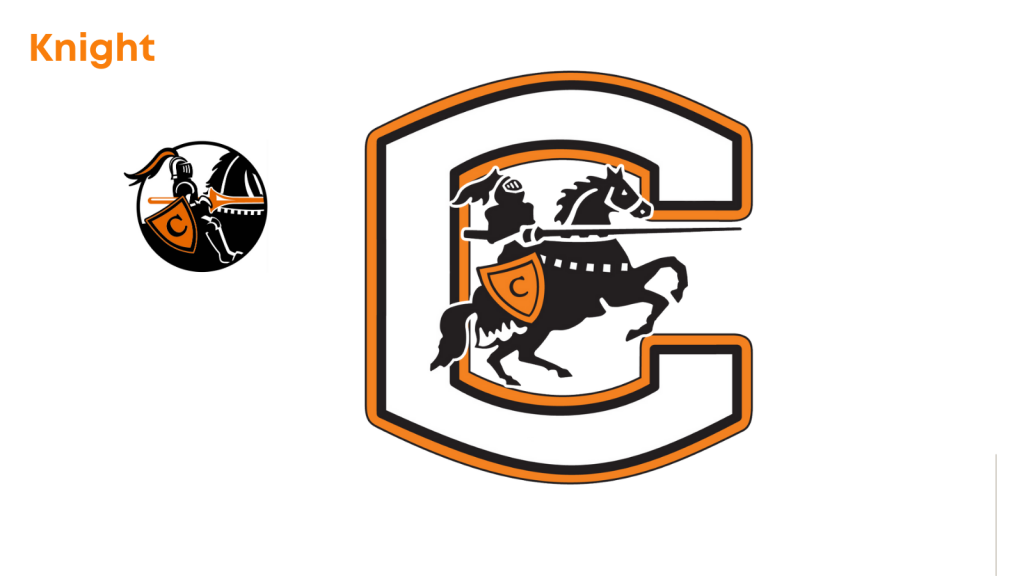Rock solid
Dave Matthews Band has been inducted into the Rock and Roll Hall of Fame as part of the star-studded class of 2024.
Musical acts become eligible for nomination 25 years after the release of their first recording, and are inducted based on voting by more than 1,000 music historians, industry professionals, and current Hall of Fame members. Since 2012, fan voting has been a part of membership consideration, giving the winner of the poll one additional vote toward induction. In its first year of eligibility (2020), DMB was the first and only group to win the popularity poll, but not be inducted into the hall.
Eligibility, nominations, and inductions into the Rock and Roll Hall of Fame have been the subject of much national attention since its founding in the 1980s. After decades of snubbing Rock and Roll icons, the hall now balances honoring iconic figures years after they became eligible and inducting newer acts.
Joining DMB in the Class of 2024 are Cher, Ozzy Osbourne, Peter Frampton, Mary J. Blige, Kool & The Gang, Foreigner, and A Tribe Called Quest. While this year marks the largest group of inductees ever, several nominees were snubbed, including Sinéad O’Connor, who died last year.
“Dave Matthews Band is honored to be in the @rockhall Class of 2024,” the band said on X/Twitter. “Congrats to our fellow nominees and thanks so much to all of our fans for the support!”
The Class of 2024 will be inducted into the Rock and Roll Hall of Fame on October 19 in Cleveland, Ohio.
Mascot mania

Along with a new name and building, Charlottesville’s only middle school will soon have a new mascot. Voters have until April 30 to tell Charlottesville City Schools their preference from the list of finalists: the Black Knights, “another type of knight”(e.g. Junior Knights, Orange Knights), the Chargers, and the Monarchs.
The final choices were selected through an earlier survey conducted by the school district, with each potential mascot illustrated through stock photos and AI-generated images to give voters a feel for potential logos. CCS emphasizes that the “images shown are only starting points,” and it will work with a designer once a mascot is selected.
Regardless of which mascot comes out on top, the school’s colors and logo will be orange and black to match Charlottesville High School’s colors.
The district has not given a timeline for the selection of the mascot or revealed a final design, but Buford Middle School will formally be renamed Charlottesville Middle School when the new building is officially opened for the 2025-26 school year.
UVA assault
University of Virginia police responded to an assault April 21 on the 1400 block of University Avenue. The incident, which occurred around 2am, left one adult male victim with serious injuries. He was sent to UVA Medical Center. University police transferred the case to the Charlottesville Police Department, and detectives have begun an investigation. Photos of individuals sought by CPD are available at charlottesville.gov/1741/police. Anyone with information is encouraged to contact CPD at 970-3280 or the Crime Stoppers tip line at 977-4000.
Burn out
One of the tiki torch-bearers from August 11, 2017, has pleaded guilty to participating in the January 6, 2021, attack on the U.S. Capitol. Tyler Bradley Dykes, 26, of Bluffton, South Carolina, who was arrested in Charlottesville last year, took a guilty plea on two felony counts regarding his assault on Capitol police officers. According to the plea agreement, Dykes faces a maximum of eight years in prison, plus a $250,000 fine and three years of supervised release.
Dog’s day
The Charlottesville-Albemarle SPCA raised more than $100,000 this year during its 11th annual bow-WOW-walk fundraiser, which was held on April 20 at Boar’s Head Resort. The event featured both a competitive 5K race and a leisurely dog walk. Pet owners could also enter their furry friends into competitions for best trick, best costume, and pet-owner look-alike. According to CBS19, more than 250 people attended the fundraiser, whose proceeds will go to homeless animals and programs at CASPCA.


